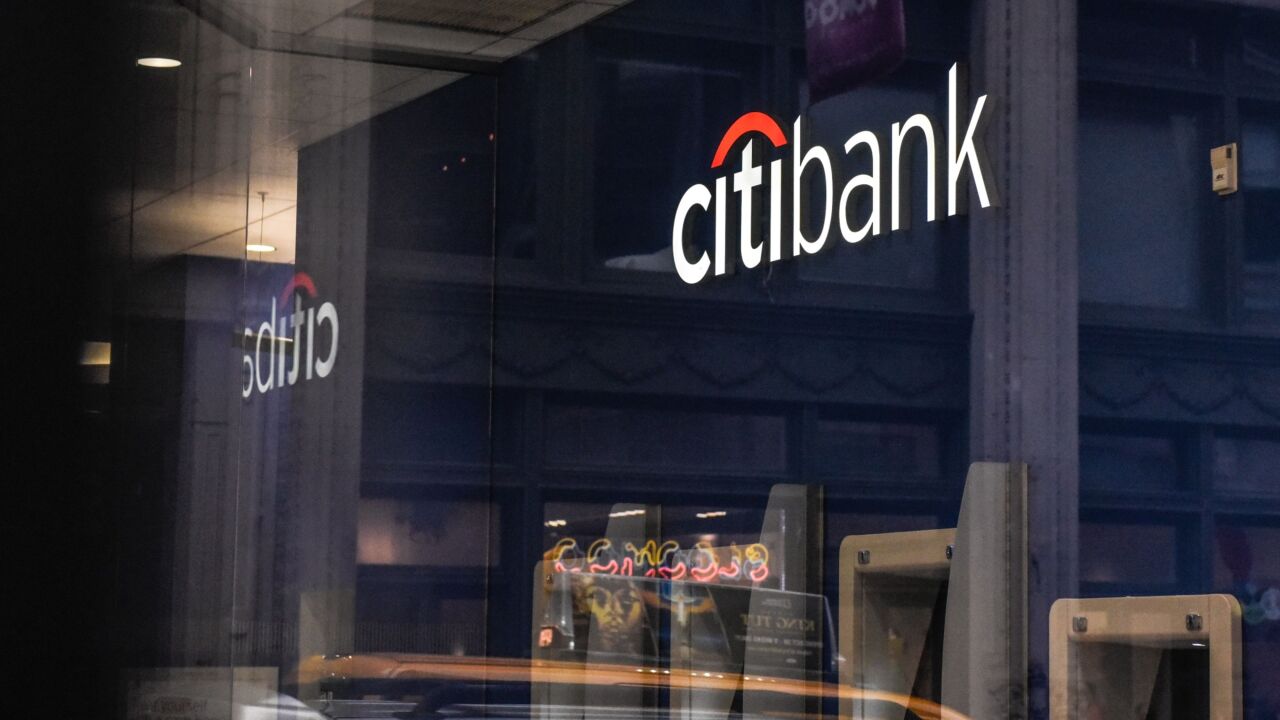
Truist Financial is picking up the pace when it comes to streamlining business units.
As part of an ongoing effort to reduce expenses and increase efficiency, the Charlotte, North Carolina-based company is figuring out what else it can do to realign its business model, as well as how quickly it can act, CEO Bill Rogers said Wednesday at a bank industry conference.
The uncertain macroeconomic outlook is a major factor, Rogers said during a question-and-answer session at the annual Bernstein Strategic Decisions Conference.
"We're going to need to look for more opportunities that create [efficiency] and the good news is they're sitting right in front of us," Rogers told analysts. "And while they may have been on a longer time period [previously], we're going to shorten that to get those efficiencies sooner."
Truist has
Other options on the table include further reductions in Truist's mortgage business and lowering the amount of real estate that the company occupies, Rogers said during a quarterly earnings call in April.
On Wednesday, he reiterated that "everything's on the table" when it comes to refining the company's business model and boosting its operating efficiency.
Rogers did not mention any specific possibilities. But he cited the LightStream move as an example of streamlining branding and marketing costs.
LightStream, which provides home improvement financing and other loans, will be rebranded as Truist and offered to Truist's wider client base, Rogers told analysts in April.
"We have those examples in lots of our other businesses," he said Wednesday. "So we're going to probably take a little more strategic risk … to achieve some of those efficiencies faster."
Investors have been paying a lot of attention to Truist's expenses ever since the late 2019 merger between BB&T and SunTrust Banks that created Truist. Cost synergies were a key rationale for the deal, and some analysts have begun to question when the company will cut expenses at a faster clip.
Truist, which is now the sixth largest bank in the nation by asset size, is still committed to achieving positive operating leverage over the long haul, Rogers said Wednesday. But doing so in the near term has become more challenging given pressure on revenues, he said.
"The short-term part of [achieving positive operating leverage] gets tougher. There's just no doubt about it," Rogers said. "I mean, the slope has increased pretty significantly."






